While Peli was one of the first manufacturers to use quantifiable test procedures, the need was recognised for a common language that could be used industry-wide or even across industries that customers could use to select products or services they needed for their specific needs. In Peli’s case, this was especially ideal for its lights product lines.
One of the most well-known institutions that was created for testing standards is the American National Standards Institute (ANSI). They oversee the development of the standards that Peli Products, and thousands of other organisations all over the world, use to test and communicate the benefits and features of certain products and services.
In this blog post, we will go over ANSI, what it does exactly, its various individual standards specifically for lighting tools and most important, why ANSI standards matter.
What is ANSI?
ANSI is a private non-profit organization that oversees the development of voluntary consensus standards for products, services, processes, systems, and personnel in the United States. So that products made in the United States can be used worldwide, ANSI coordinates standards with international standards bodies, thus making it reliable on a global basis.
ANSI is neither a governmental nor intergovernmental agency, although it works closely with world governments. ANSI is a federation that is formed by standards writers and users, which manages its voluntary standards system. It is also the official voice of the United States in international standards bodies. Its members include government agencies, organisations, academic and international bodies, and individuals. Its revenue comes from membership fees and dues as well as through sales of its standards publications.
What does ANSI do?
There is a bit of a misconception about ANSI. Although it is responsible for the standards system, it does not actually develop the standards itself. It simply oversees the development of the standards.
What ANSI does is coordinate the activities of the organisations that do develop the standards. It then approves the establishment of standards committees as well as new standards. It also sets rules for the methods that the developers of the standards use, oversees their processes, and lastly, approves the final product.
The standards setting processes that are developed by those within its federation are required according to ANSI rules and procedures to incorporate elements of openness, balance, transparency, consensus, and due process.
When a federation member develops a new standards process, it must be offered for public review. If there are comments or concerns with the new process, they must be resolved before ANSI will approve.
Once the new process is approved, there is a 5-year timeline. It must be updated or reaffirmed every five years or ANSI will withdraw its approval.
What does Peli have to do with it?
As stated previously, Peli has always adhered to standards evaluations for its products, including its flashlights. However, since the establishment of ANSI, its flashlights have been accredited according to ANSI standards.
What are the ANSI standards?
For lighting tools, there are a number of standards from ANSI that measure various qualities of a light. These include light output, beam intensity and distance, as well as the others summarised below.
LIGHT OUTPUT
Light output is a measurement of the brightness of the light. And to measure this brightness, we express it in the unit of measurement called Lumens.
PEAK BEAM INTENSITY
This is the maximum luminous intensity typically along the central axis of a cone of light. This measures the light intensity at the brightest point along the beam. Contrary to light output, peak beam intensity is measured in Candela and does not change with distance.
BEAM DISTANCE
The beam distance is the measure of the distance the light will travel. It is measured by calculating how far the light beam will shine before it diminishes to the equivalent light of the moon.
RUN-TIME
Run-time is how long the light will run. It is calculated by taking the length of time it takes for the light output to drop to 10% of the rated output on new batteries, rounded to the nearest quarter hour.
IMPACT-RESISTANCE
Impact Resistance is measured in metres and is evaluated by dropping the light onto a concrete surface with all accessories and batteries installed, from a specified height. To be considered impact resistant at various heights, it must be 100% functional after the drops and be free of any cracks or breaks at each height tested.
WATER-RESISTANCE
Water-resistance should be self-explanatory. There are various levels of water-resistance as rated by the Ingress Protection (IP) ratings system. Have a look at our post on the IP ratings system to learn more.
Why do ANSI standards matter?
ANSI standards matter because the facts and figures that they approve that measure each specification establish trust for customers. This also keeps manufacturers in check, as manufacturers have been known to be dishonest about the numbers they quote for aspects such as lumens and runtime. With ANSI, this should not be possible.
It is also important to consider the ANSI standards with regards to testing. The processes that ANSI approves regulate the testing and make sure that manufacturers are adhering to specific procedures as it pertains to testing. Many manufacturers do not necessarily adhere to this testing or the ANSI standards at all. For example, ANSI standards dictate that lumens can be measured 10 seconds after turning on the flashlight. Thus, a manufacturer can only quote the lumen level that is measured after 10 seconds.
Some manufacturers will quote the peak lumen level, which is the initial lumen level that one can expect immediately upon turning on the torch at its highest brightness setting. While this might make sense to some, the issue with this is that that lumen level can only be held for a short time. While the lumen level of one light may be 1000 lumens initially, that level will be significantly lower within minutes of turning on the light. ANSI standards deter fraudulent practices from manufacturers.
It is important for the consumer to consider if a certain brand is using ANSI standards to test their lights or not. That may change everything.
Peli Products produces a wide range of advanced lighting systems such as flashlights and headlamps, including explosion proof ATEX and IECEx approved lights. To learn more about Peli’s lights, click on the button below.





.png)

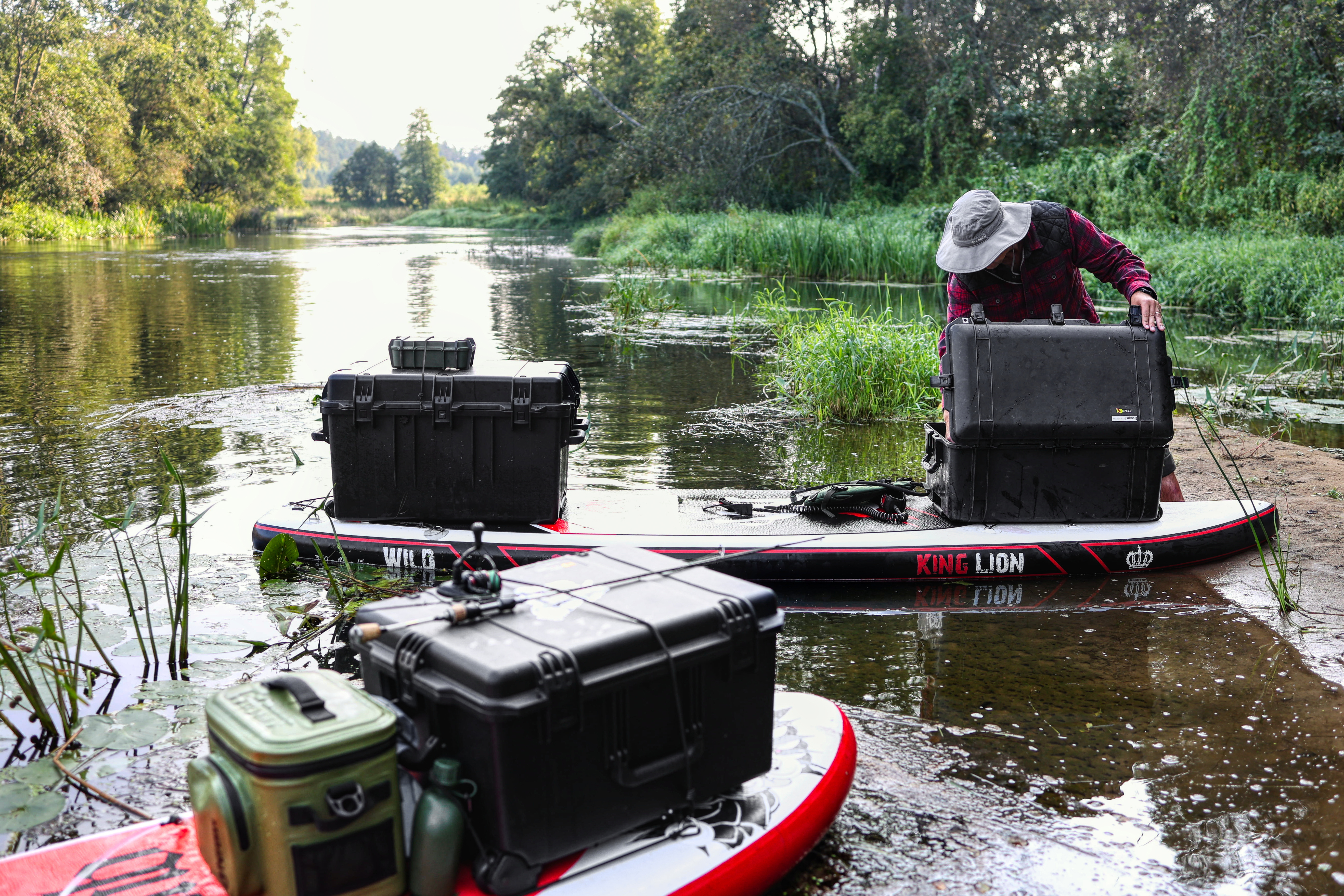




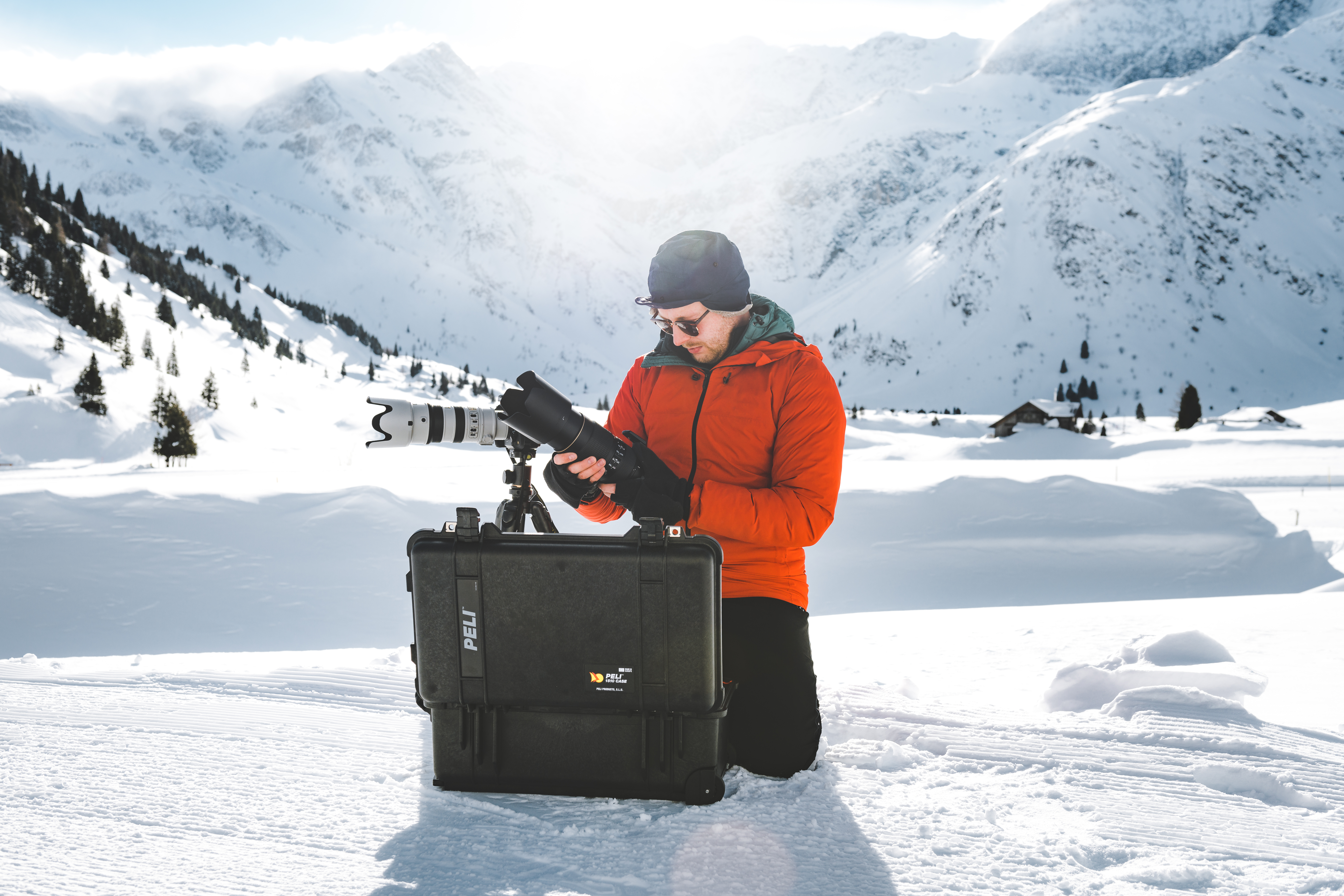
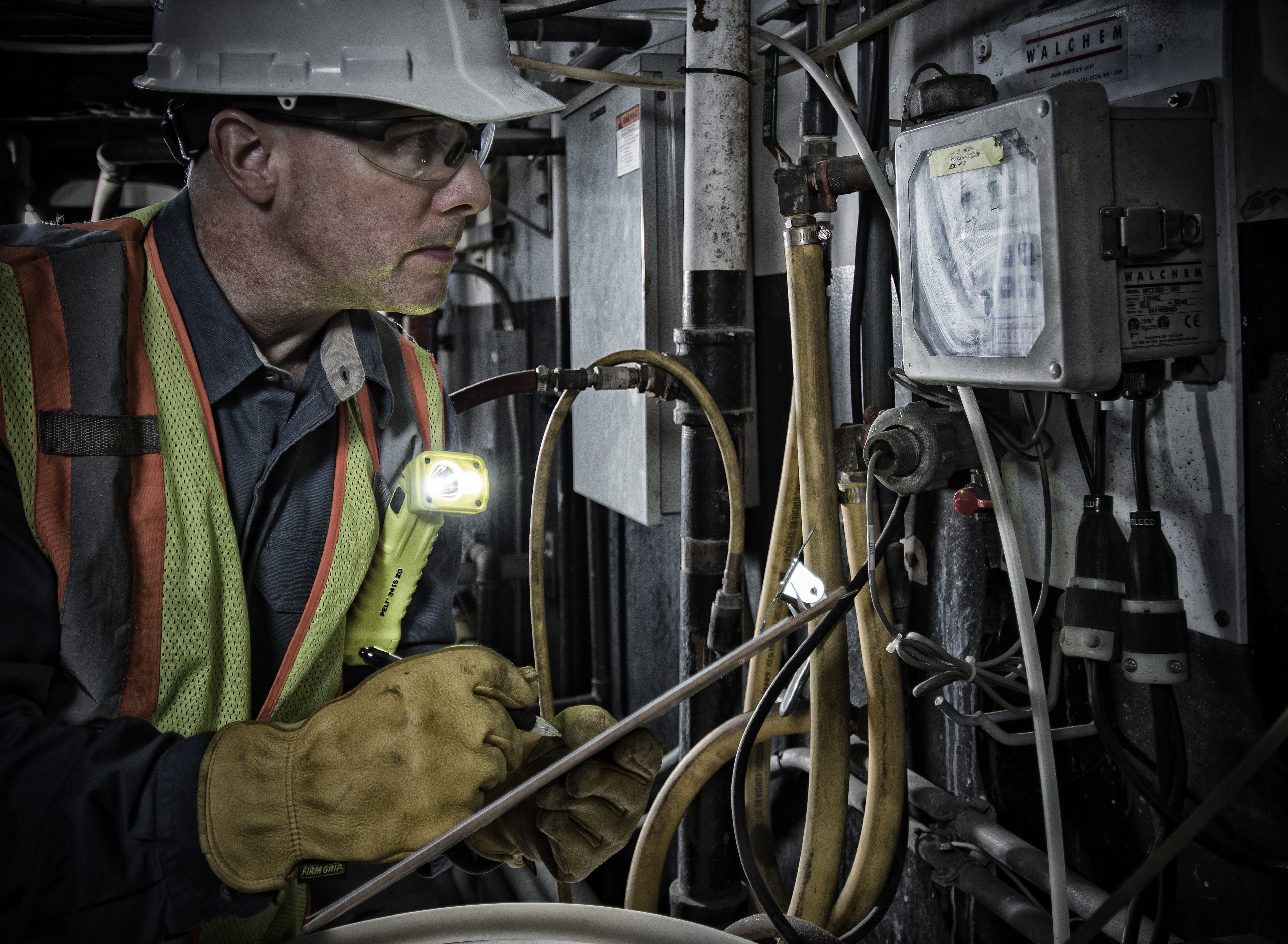
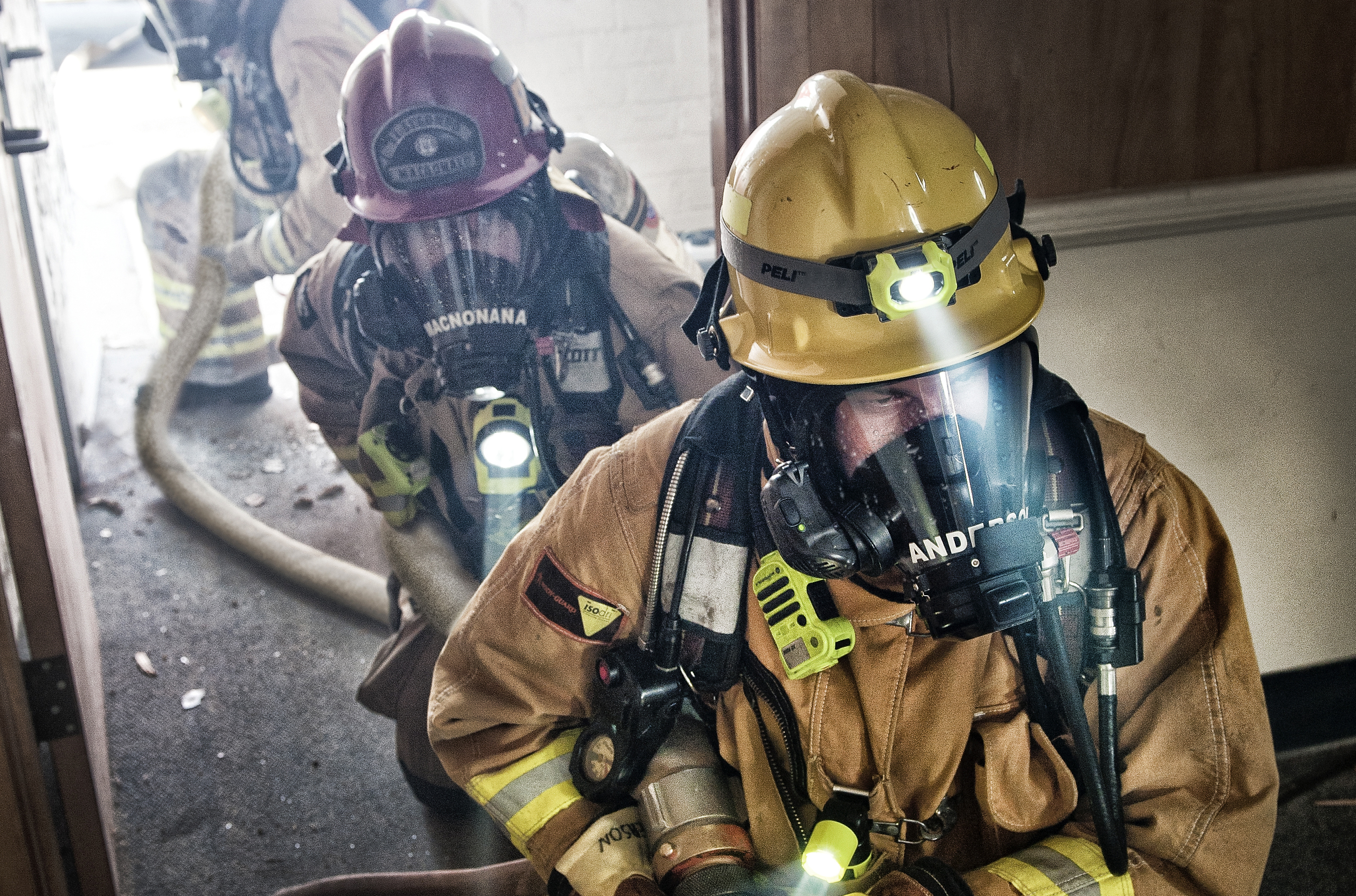
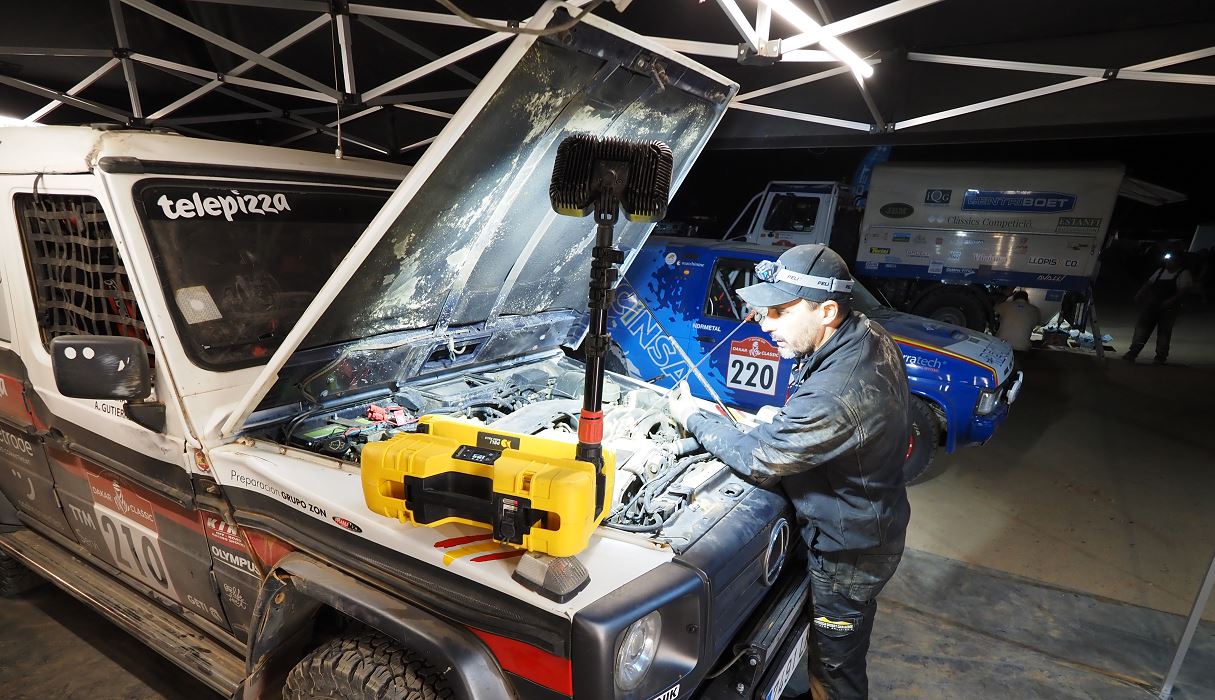




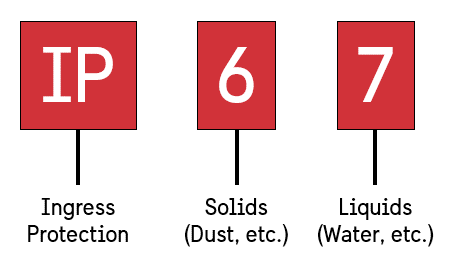
Post a comment